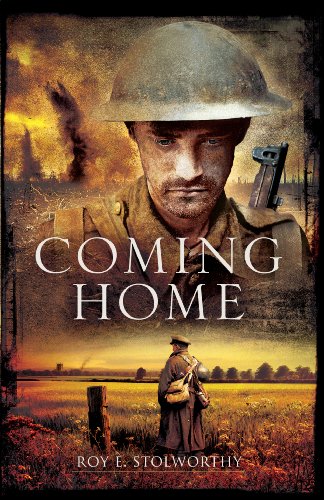Coming Home
It might have been expected that the passing of time would diminish the appeal of works of fiction set in the two major conflicts of the last century. This has not been the case, and Coming Home, set during the First World War, deserves its place amongst them.
The author cleverly opens with a horrendous domestic incident that not only sets the tone of the novel but hooks the reader into the situation of its central character. What follows is a soundly-structured, well-observed and often harrowing account of 15-year-old Thomas Elkin’s story. There are no clichés here, and although one senses the detailed research that lies under the text, it never becomes an intrusion into the well-paced narrative. The main characters are engaging and believable, and nor is there any laziness regarding the minor ones, which are, without exception, well drawn and satisfyingly three-dimensional.
This is a lengthy and dense read but well worth the struggle with its very small print. The jacket design by Jon Wikinson is attractive and appropriate, but it is regrettable that more care was not taken with the editing of the text. The clumsinesses I encountered were precisely the sort that a writer tends to miss, however diligent his or her revisions, but which an editor should pick up on. An example lies quite early on, on p.16, where we get “Thomas felt a raging turmoil surge into his body and a pent-fury streamed from his body”.
This irritation aside, and there are other examples of it, this is a fascinating novel and one not to be missed.










